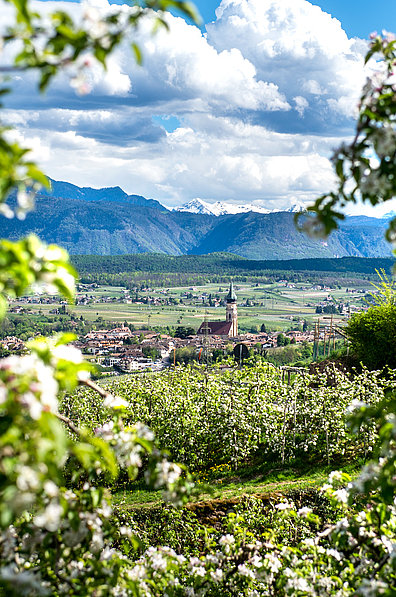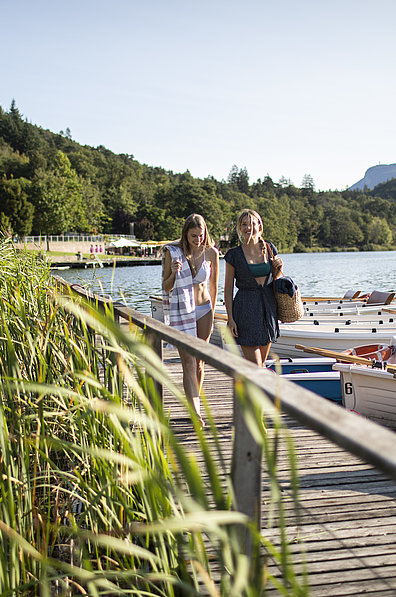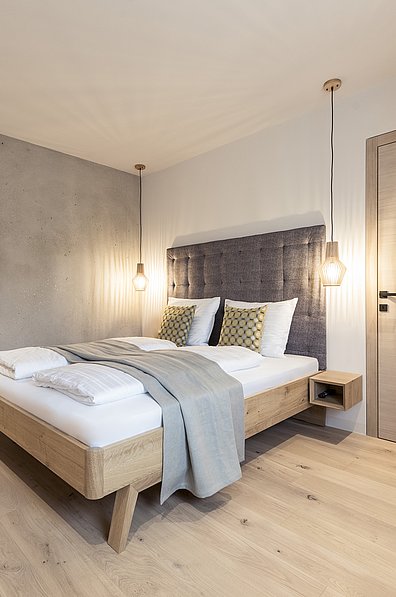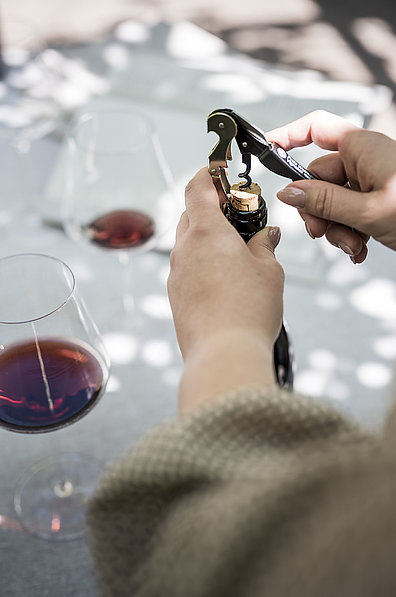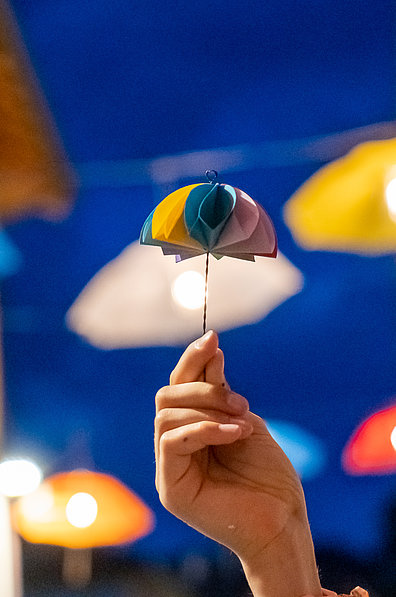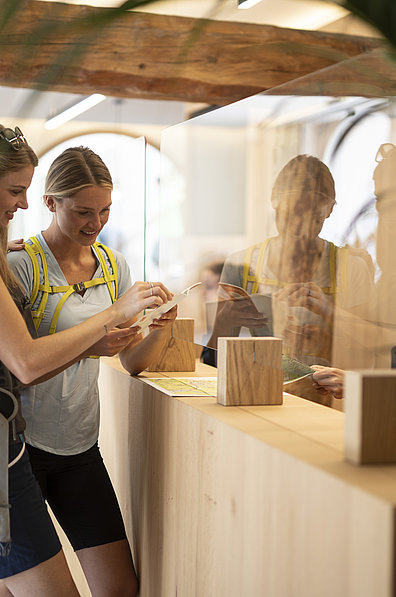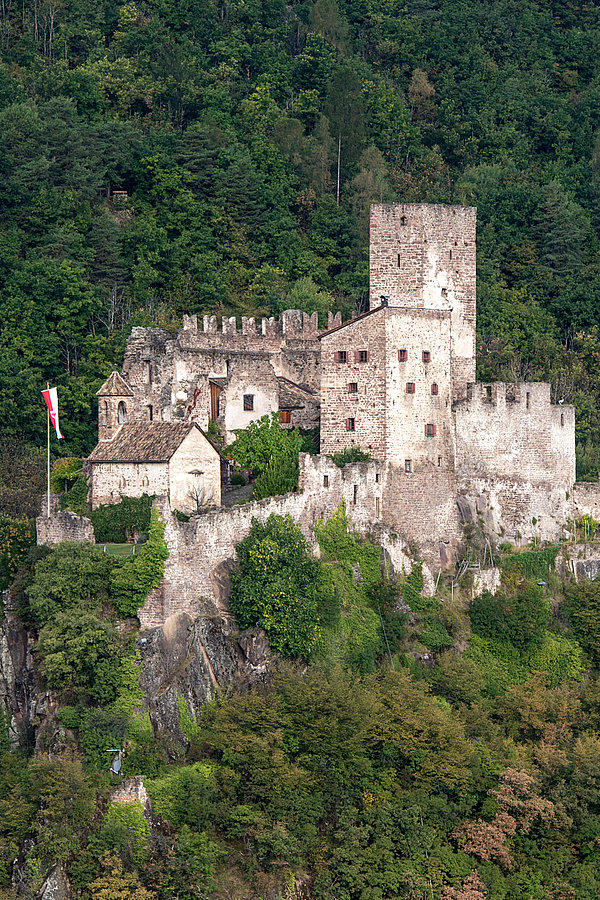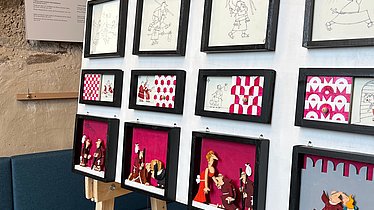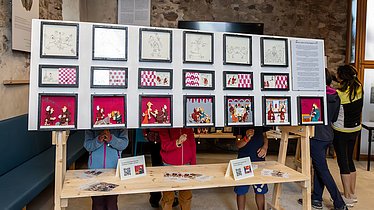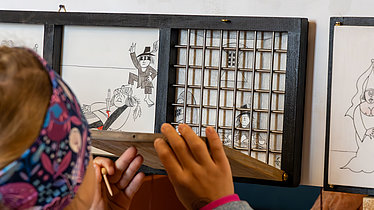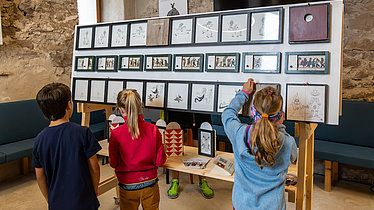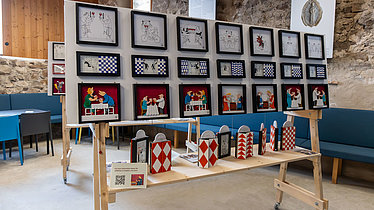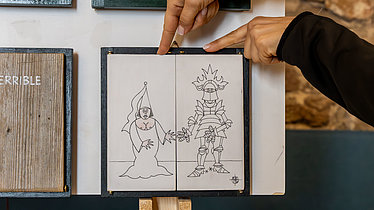Once upon a time at Hocheppan...
Painting exhibition by Rainer Kainrath
A real highlight awaits you in the Palas of Hocheppan Castle: a painting exhibition by the artist Rainer Kainrath from Eppan. His imaginative works about castles, knights and medieval life - including his interpretation of the famous “dumpling eater,” and the “foolish virgins”- invite you to marvel and join in. The artist also explores an imaginative theory as to whether Martin Luther once stopped off in Hocheppan. The exhibition opens on the day of the Eppan Castle Festival at 12.30 pm and remains open until the end of the season.
Palas of Hocheppan Castle, Missian | Eppan
May 25th - November 6th, 2025
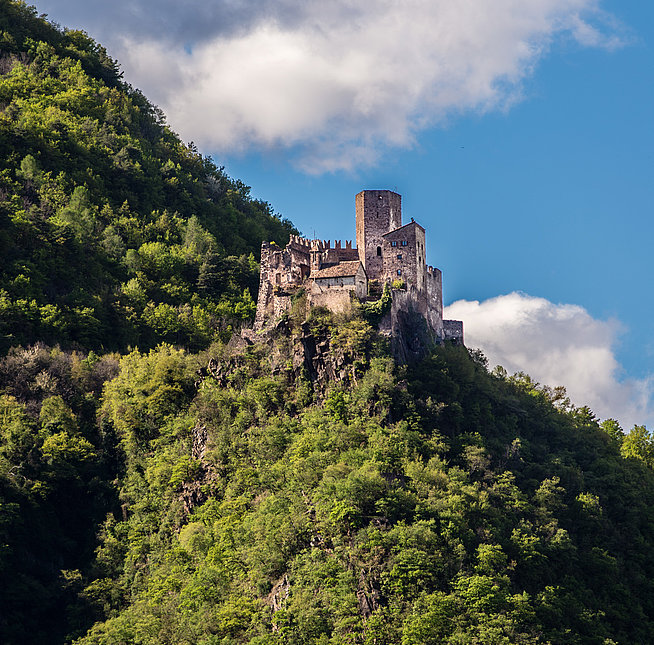
Hocheppan Castle
Hocheppan Castle sits majestically on a rocky spur above Eppan on the Wine Road and is one of the most important fortified castles in South Tyrol.
Built around 1130 by the Counts of Eppan, the complex impresses with mighty curtain walls, a striking keep and the well-preserved Palas. Particularly worth seeing is the Romanesque castle chapel, whose interior walls are decorated with extraordinary frescoes. These date back to the 13th century and show both biblical scenes and rare secular depictions - including the famous “dumpling eater”, a humorous testimony to everyday medieval culture.
After years of decay, the castle was restored and is now a popular excursion destination with refreshments and a unique view of the Adige Valley. It combines history, art and nature to create an impressive experience.
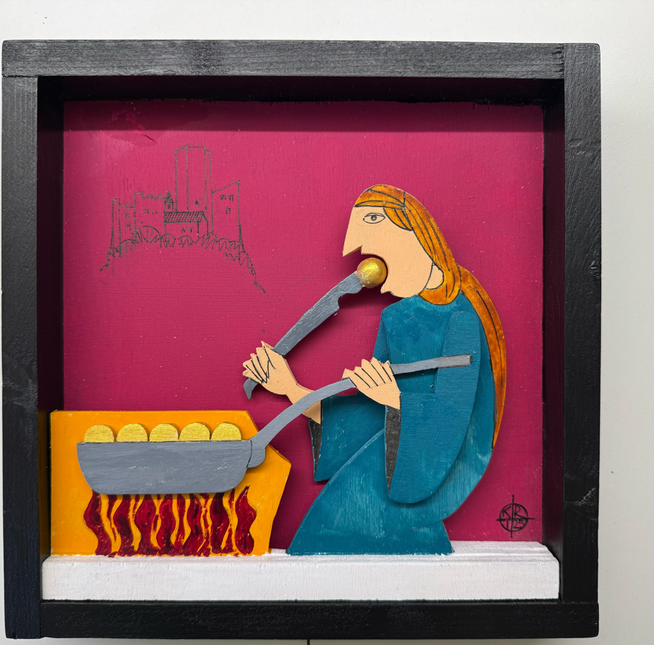
Martin Luther at Hocheppan (1511)
A text by Eberhard Daum
Martin Luther’s return journey from his mission to Rome in 1511 marks a significant, though little-researched episode in the life of the future reformer. While his stay in the Eternal City is well documented, much less is known about Luther’s stopover at Hocheppan Castle. The arduous return journey from Rome deliberately takes Luther and his fellow brother Johann von Mecheln in the direction of Brenner, as their destination is Hocheppan Castle.
Their first stop is in St. Pauls, where they are warmly welcomed by Pastor Ludwig Fergenhans. They ask him for assistance in visiting the unique medieval frescoes in the castle chapel.
After lunch together, accompanied by “white Lagrein”, a carriage takes them from St. Pauls through Missian and past Korb Castle and Boymont to the Unterhausenhof. From there, the monks must complete the final ascent on foot.
At Hocheppan, Luther and his companion are provided with food and accomodation. T Legend has it that they were warmly welcomed by the lord of the castle, Fuchs von Fuchsberg—a man sympathetic to reformist ideas, who engages in lively conversation with the two monks.
The food must also have tasted delicious, as Luther's famous sentence from that evening at Hocheppan has been passed down: “Why do you not belch and fart, Brother Johann—was the meal not to your liking? You embarrass me in front of the host.”
Martin Luther is deeply impressed by the 300-year-old frescoes—and naturally, the famous “dumpling eater” does not escape his notice. Speaking of dumplings: it is thanks to Luther that the then-unknown term “Knödel” soon became known throughout the entire German-speaking world.
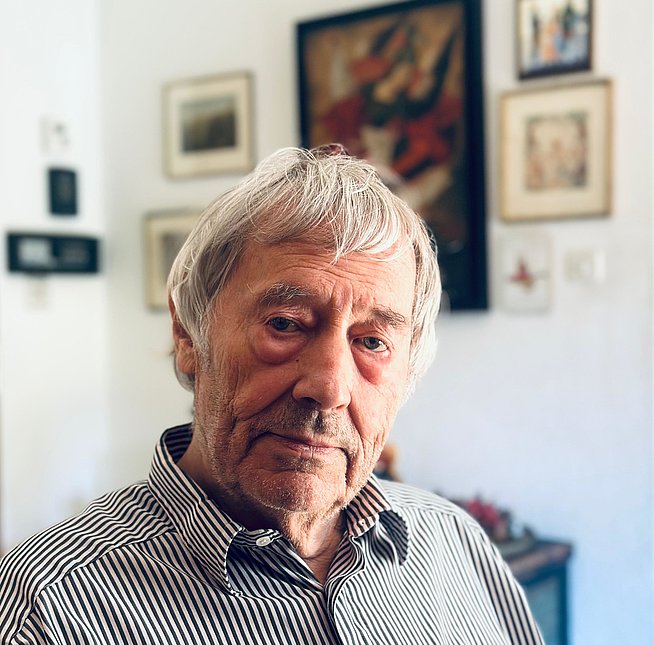
The artist
Rainer Kainrath was born in Braunschweig in 1938 (while traveling through). His father was a doctor and journalist and came from Bad Ischl, his mother from Stettin. Kainrath grew up in Innsbruck and moved to South Tyrol in 1960. Here, the trained architect was a long-time member of the South Tyrolean Artists' Association.
Rainer Kainrath inherited his talent from his father Ernst, “a genius”, as he says looking back. His younger brother Dietmar was also a gifted illustrator and caricaturist. At the start of the new millennium, he received the commission of a lifetime: Red Bull boss Dietrich Mateschitz hired him for the magazine “The Red Bulletin”, where Kainrath developed his interpretation of the drinks can into a cult.
Kainrath does not know how many drawings he has made in his life to date. “It's not that important,” he says, “but it's a lot, because I've drawn all sorts of things, without any thematic focus.” Although he has attended painting and drawing courses, he still describes himself as an autodidact. As someone who has always been driven by curiosity in life and has never become tired of capturing what he has experienced and felt on a sheet of white paper.


